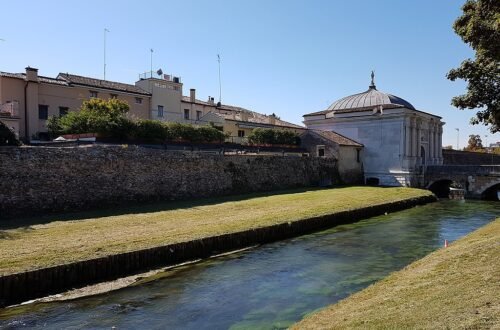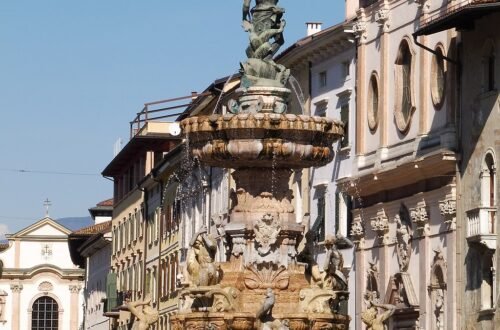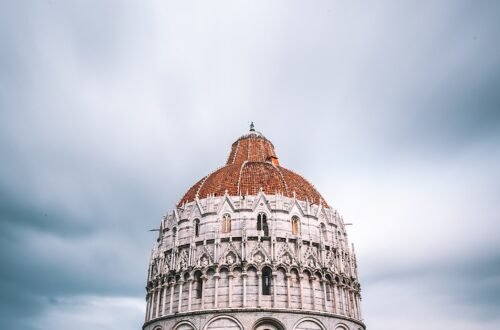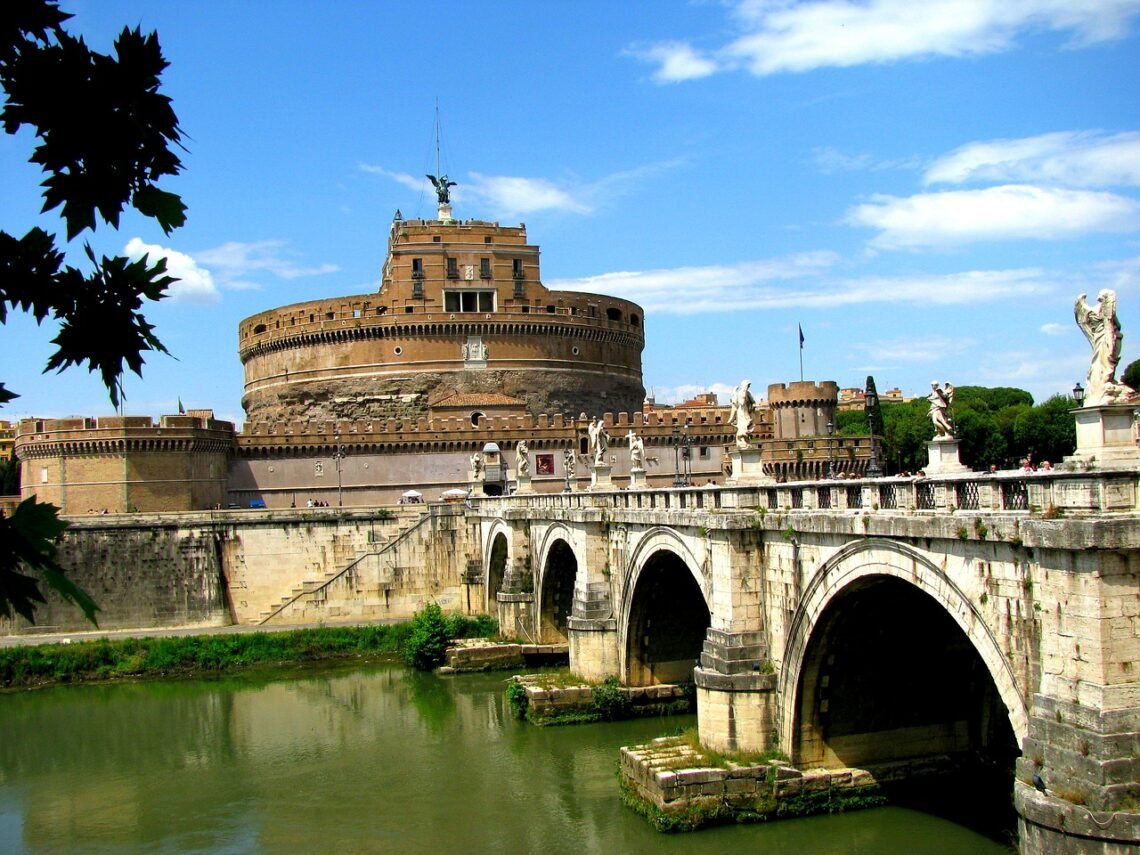
15 Things to Visit in Rome (Italy)
Rome is regarded as one of the world’s most beautiful and historic cities. The history of Rome spans over 2500 years and it has been a centre of power, politics, culture and development since its inception. The creation of the city is steeped in legend and mythology and there are various different accounts of how this majestic place was built. Strong Rome was ruled by a number of different Roman emperors, and it was from this base that the enormous Roman Empire grew. As the years went by, the city’s monuments, palaces, and religious structures were built, and now they serve as stunning tourist attractions and relics of the city’s illustrious past. Rome is frequently rated as one of the best tourist destinations in Europe, and it is simple to understand why with attractions like the Colosseum and the Vatican. Let’s examine the top activities in Rome:
Castle Saint Angelo
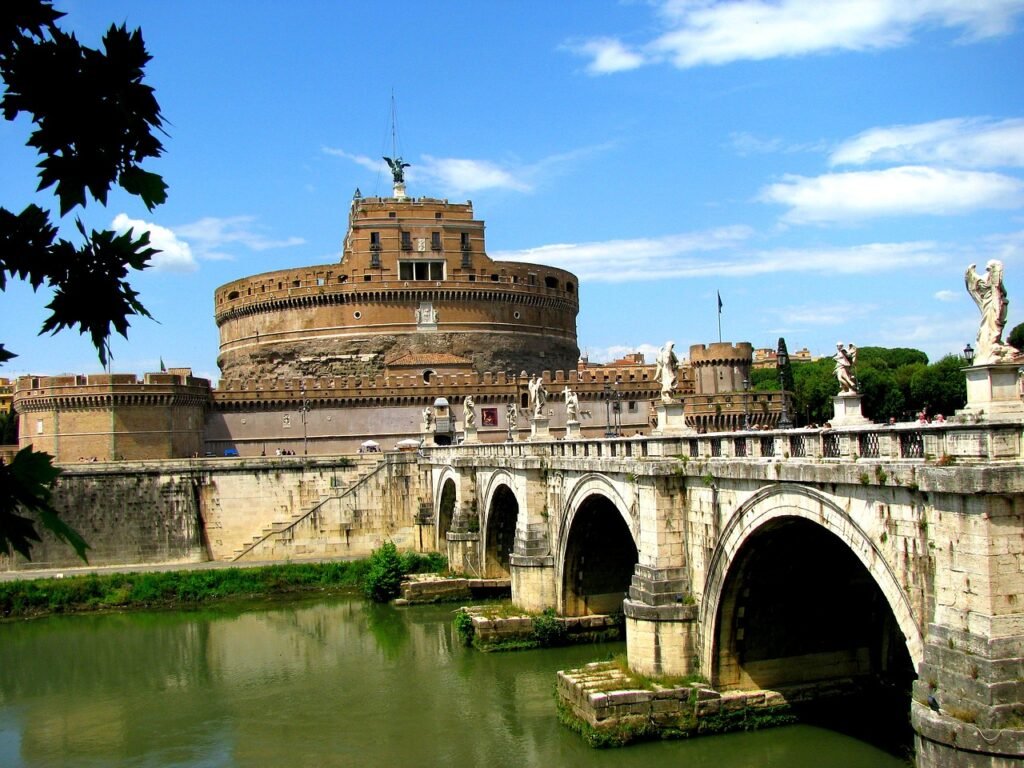
The Castle Saint Angelo, a circular fort and castle complex that once stood as Rome’s tallest structure, is also known as the Mausoleum of Hadrian. The castle, which dates back to 129 AD and was built with the intention of serving as the Emperor’s mausoleum, is incredibly old. As time went on, the fortress was included in the Vatican state and connected to St. Peter’s Basilica by a broad passageway known as the Passetto di Borgo. The castle is still standing as a museum today and is filled with fascinating displays of the building’s history. For breathtaking views of St. Peter’s Square and Rome, one can even ascend to the top of the castle ramparts.
Vatican Museums
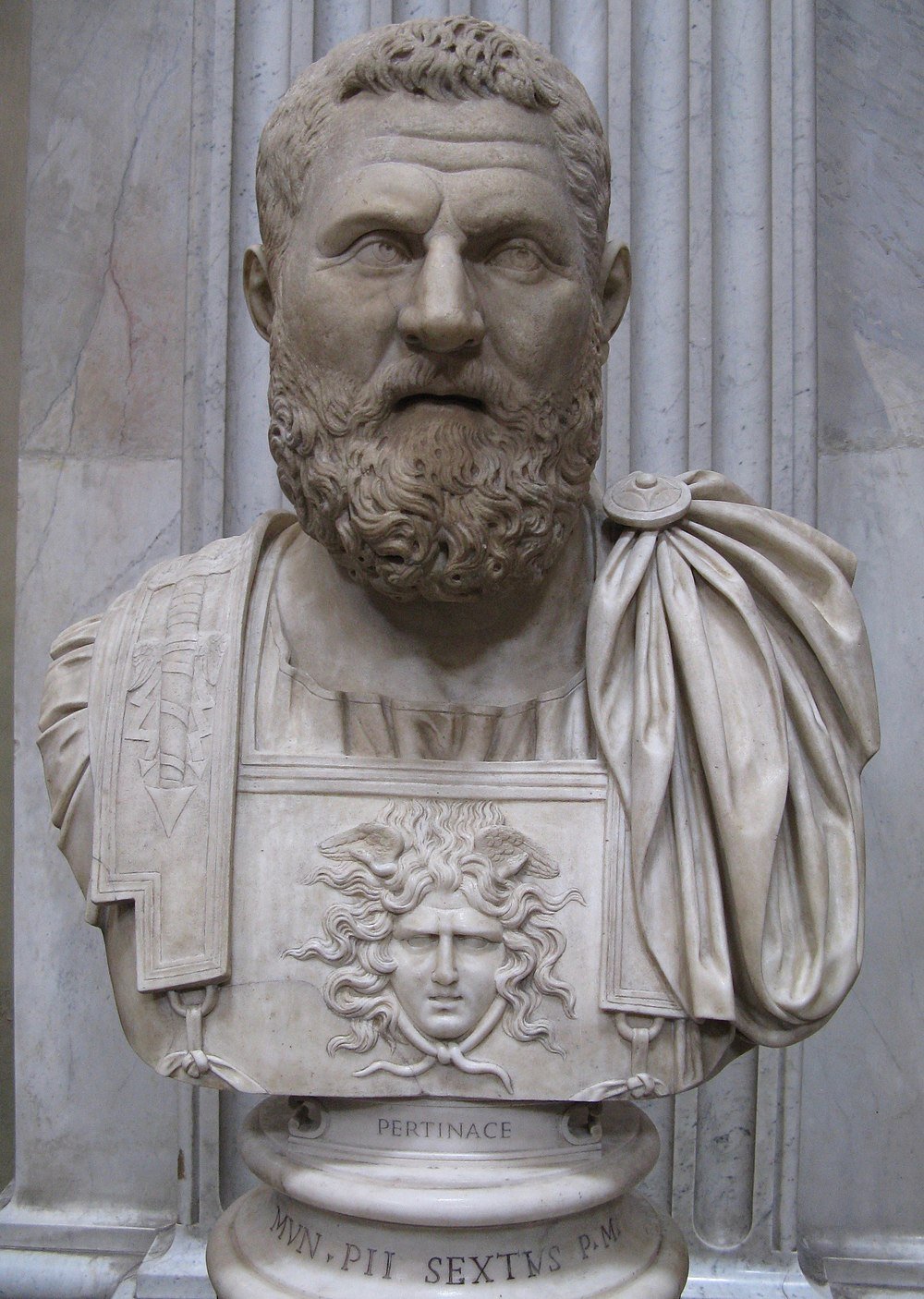
Some of the most significant works of art in the world are included in this treasure trove of classical and historical artwork that has been amassed over many centuries by many popes. The museums, which are inside the borders of the Vatican state, include more than 70,000 works of art. It is recommended to set aside enough time to see both the Sistine Chapel and the museums thoroughly, and a dual ticket can be obtained to see both. The museums, which are divided into a number of distinct sections, include the Museo Pio-Clementino, the Museum Chiaramonti, the Museo Gregoriano Etrusco, and the Museo Gregoriano Egiziano. Each of these houses a variety of works of art and subjects. Raphael’s Transfiguration, Caravaggio’s Entombment of Christ, and the stunning exhibition of maps are notable works.
Basilica di Santa Maria Maggiore
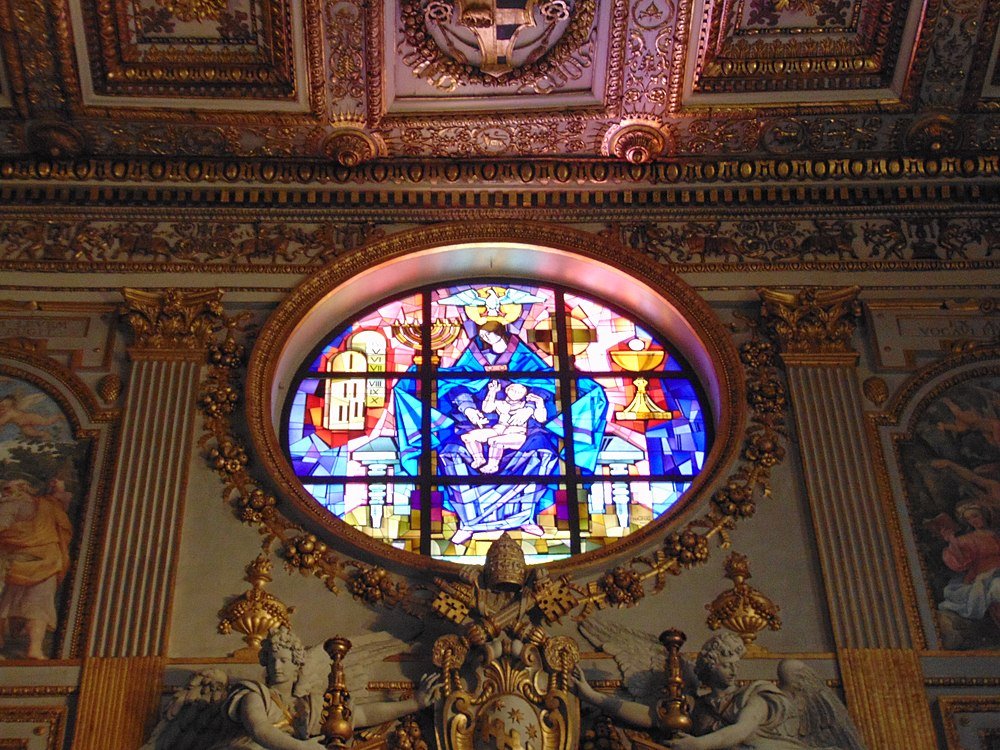
The Basilica di Santa Maria Maggiore is only one of the amazing religious and historic structures in Rome. It is one of Rome’s biggest churches, classified as a Basilica Major, and is situated on the same-named Piazza. A central row of stone columns with sculptures and numerous inscriptions on top may be seen on the front face of this spectacular structure. A huge bell tower that towers above the nearby structures is another feature. The interior is extremely breathtaking and has a significant amount of gold décor, frescoes, and intricate paintings on both the walls and ceilings. The exterior is stunning in and of itself. The Borghese church, which has some exquisite paintings and gold sculptures, is particularly fascinating.
Galleria Borghese
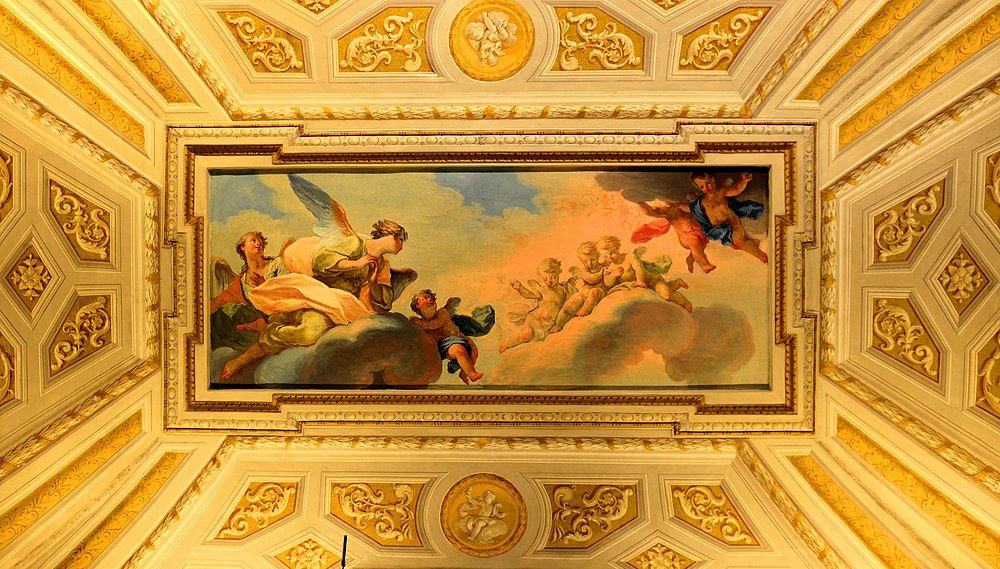
The Galleria Borghese is a significant art museum with a wide variety of exquisite paintings, sculptures, and antiques. It is a part of the Borghese Villa complex. The Borghese complex, which was built in 1903, is situated close to the Via Pinciana road in the northern section of the inner city. The remarkable structure features a front facade that is gorgeous and elegant and is decorated with several stone figures. The enormous Borghese collection, spans twenty rooms, including pieces by Titan, Raphael, Caravaggio, and Rubens. Give yourself plenty of time to see both the spectacular Borghese Villa gardens and the treasures on display here.
Spanish Steps
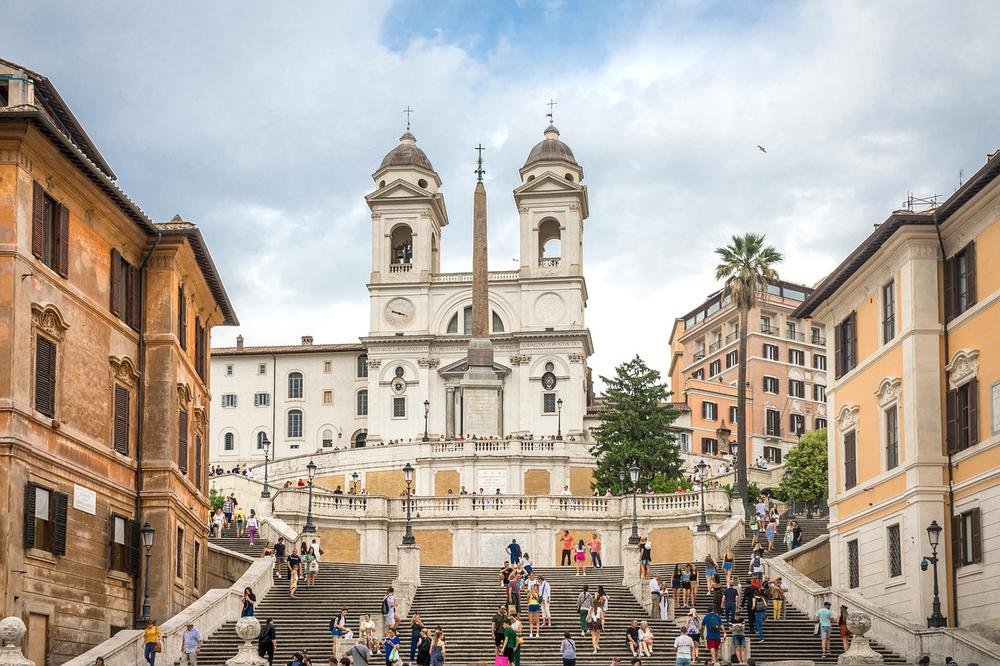
The 135 Spanish Steps, which connect the Piazza di Spagna and the Piazza Trinita Dei Monti, were built in 1725 to bridge the space and slope between these two well-known squares. Each of the 135 steps features a wide stone ledge and is framed by stone walls. A huge crucifix obelisk and numerous stone inscriptions can be seen at the top of the stairs. The Piazza di Spagna, which is large and has a variety of stores and cafes, is at the bottom of the stairs. As an alternative, there is the Trinita Dei Monti church, which is a wonderful attraction in and of itself, at the top of the stairs. Fountains and Squares are included.
Colosseum
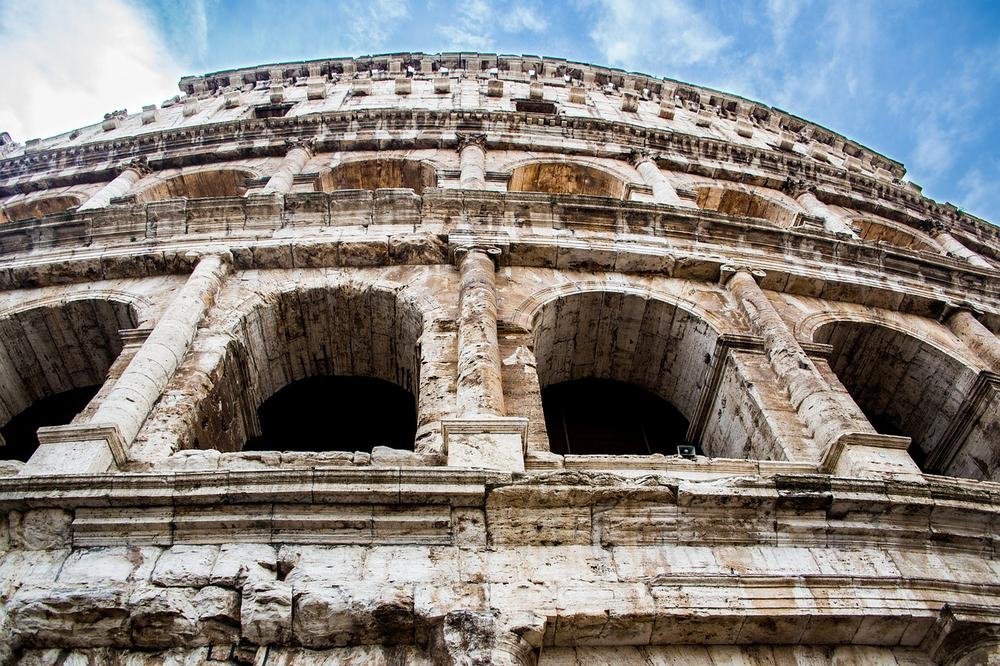
A trip to Rome would not be complete without seeing this massive building, which is one of the most famous and distinctive structures in the entire world. The Colosseum, also called the Flavian Amphitheatre, was built between 70 and 80 AD and had a capacity of 80,000 spectators at its height. The Roman Emperors would frequently visit events held here, including gladiator fights and other sorts of entertainment. The Colosseum is conveniently located near a metro station and is just southwest of the major terminus train station. Admire this well-known building from all sides, and be sure to brave the lines to enter so you can fully comprehend the size of this historic site of celebration.
Palatine Hill
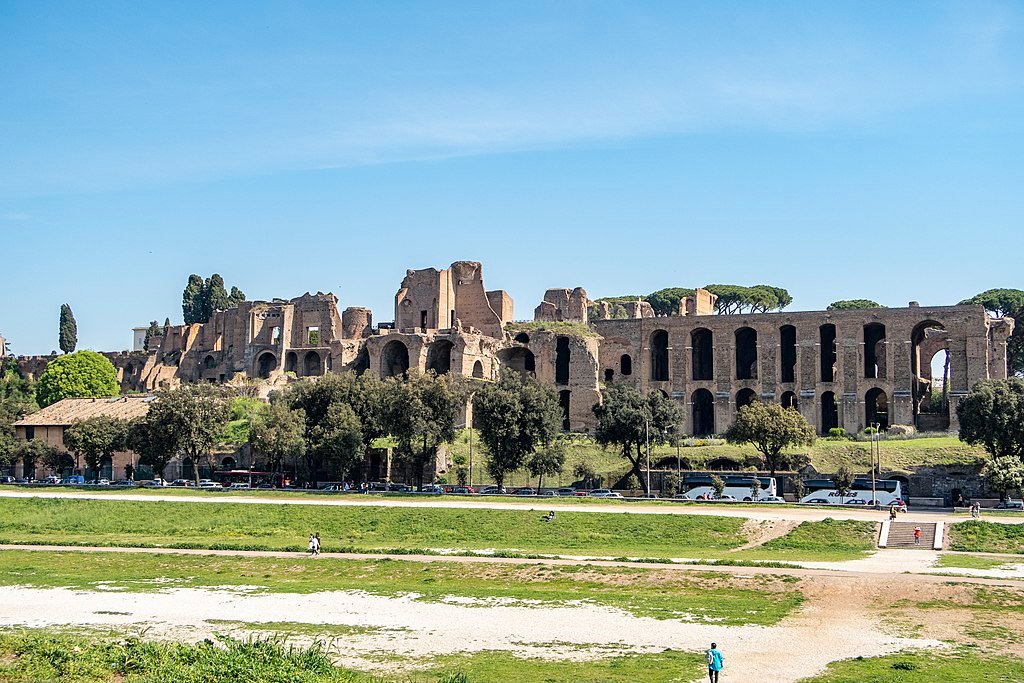
The most central hill in the Tiber region and one of the oldest parts of contemporary Rome is Palatine Hill. Standing 40 meters above the ancient Roman Forum, it offers a great vantage point from which to see all of Rome spread out before you. This is the site where the mythical Romulus and Remus, who later went on to create the city of Rome, are said to have been discovered. In this location, a number of buildings, notably the Flavian Palace and the Temple of Cybele, are still standing. Make sure you climb the hill and explore this spectacular sight since access to the Palatine Forum is included with admission to the Roman Forum.
Roman Forum
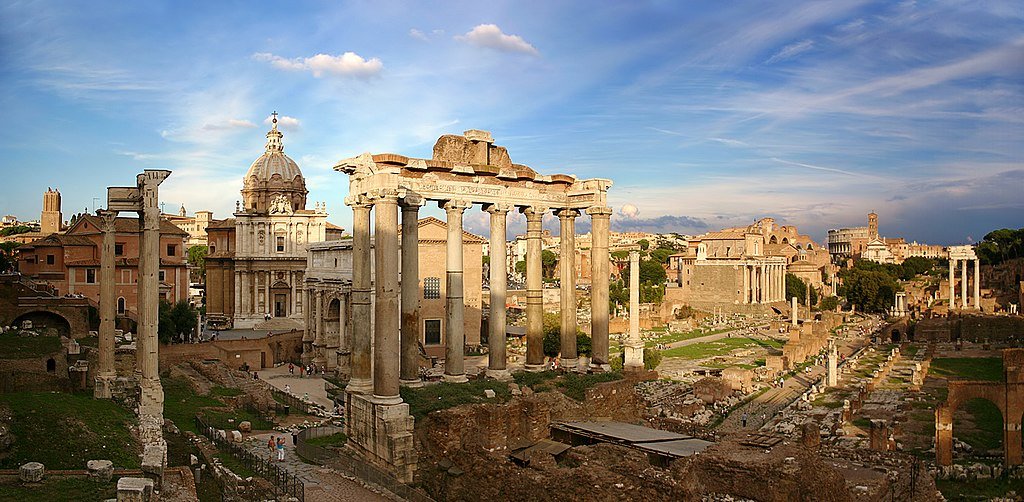
The Roman Forum is an ancient complex made up of numerous remains that were once the hub of Roman public and political life. It is conceivably one of the most significant Roman ruins in Italy. The temples of Saturn, Titus, and Vesta, as well as the Arch of Severus, stood here, among other temples, squares, and arches. Today, many of these buildings are still standing, and you can still make out portions of the walls, arches, and building foundations. The Roman Forum is a significant location that deserves your attention because it is close to the Colosseum and the Altar of the Fatherland. Tickets can be bought for entry to both the Forum and the Colosseum and it is advised to allow ample time to properly explore the ruins and learn about the history of this place.
St Peter’s Square
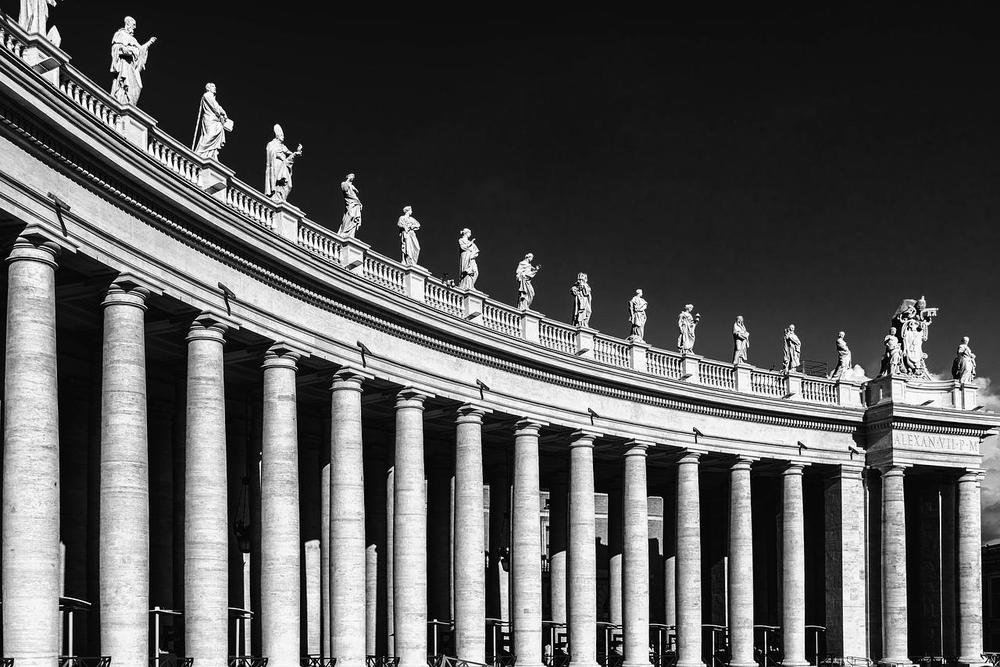
The Vatican is a tiny nation-within-a-nation that is located in Rome. St. Peter’s Square is a famous location where many historic events have occurred, and this autonomous state is one of the most significant religious locations on the entire globe. The Piazza, which is at the entrance to the Vatican State, is actually circular and is surrounded by two enormous sets of colonnades. Beautiful statues of various religious luminaries and former popes are placed atop these columns. A large obelisk that resembles Egyptian rather than Roman and was really taken from Nero’s Circus lies in the centre of the structure. The famous St. Peter’s Basilica sits at the opposite end of the square, and papal events typically take place in front of this building. Explore the Vatican from this starting point as you take in the size of the area and the crowds of people hoping to catch a glimpse of the Pope.
St. Peter’s Basilica
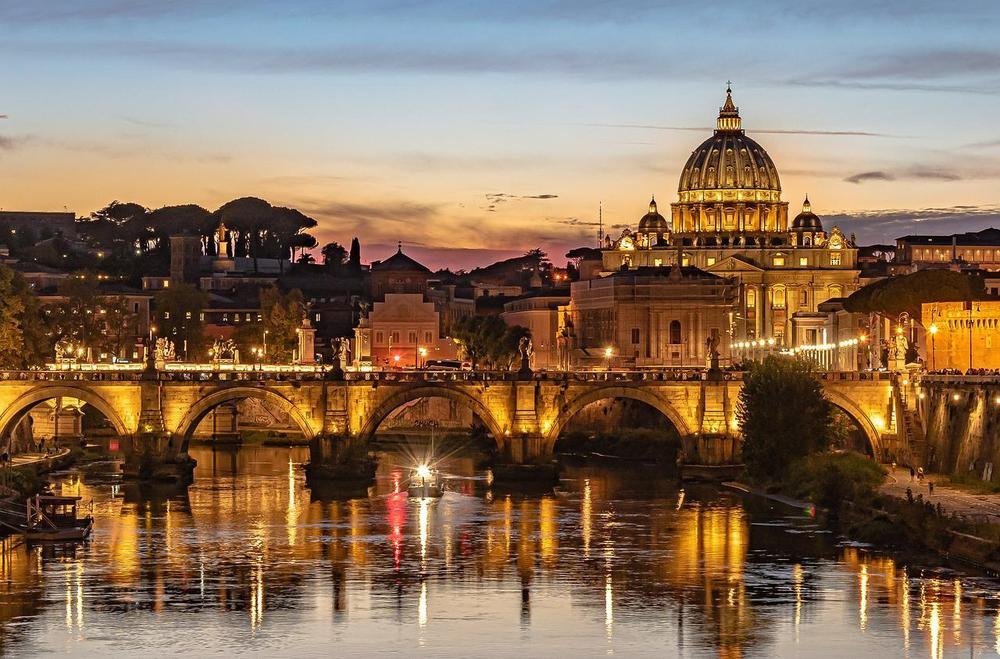
One of the holiest sites for Catholics, St. Peter’s Basilica is arguably the most famous and well-known religious structure in the entire globe. It represents the power and decadence of the catholic church. The Basilica, which is located at the far end of St. Peter’s Square, features a gorgeously crafted front facade and is topped with statues of the Apostles and Jesus. One of the most beautiful structures in the world, the Basilica has exquisite interior architecture and design. The sheer amount of ornamentation and intricacy, as well as how the light changes throughout the day to cast gorgeous rays, will wow you. The enormous dome and spectacular Gloria sculpture, both of which were created by Michelangelo and Bernini, are examples of their contributions to the design. Don’t forget to ascend to the dome’s summit for a birds-eye perspective of St. Peter’s Square. Take this guided tour of St. Peter’s Square and Basilica to see the panoramic views of Rome from the top of the Dome and then descend to the lower levels to visit the ancient grottoes.
The Pantheon

One of Rome’s most well-known sights is the towering Pantheon, one of the best-preserved ancient Roman structures in existence. The current structure, which was completed in 118 AD by Emperor Hadrian, actually replaced an earlier temple that King Agrippa had ordered to be built there. Agrippa is honoured on the triangular pediment of the rectangular porch at the front of the structure, which is flanked by large columns. The interior features a magnificent dome that has a series of stone patterns and a central coffer that allows light to spill through. The Pantheon, which can be found on the Piazza Della Rotonda in the heart of Rome, ought to be a real highlight.
Piazza Navona

The Piazza Navona was constructed in the 15th century on the site of the Domitian Stadium and has remained a well-liked tourist destination ever since. The piazza is an excellent site to stop by while strolling through the heart of the city because it is adjacent to both the Pantheon and the Trevi Fountain. This expansive square is frequently crowded with street merchants and artists, and the nearby structures perfectly enclose the area. The Fontana del Moro, the Fountain of Neptune, the Palazzo Braschi, the Palazzo Pamphilj, and Saint Agnese in Agone church are all noteworthy structures on the square.
Villa Borghese Gardens
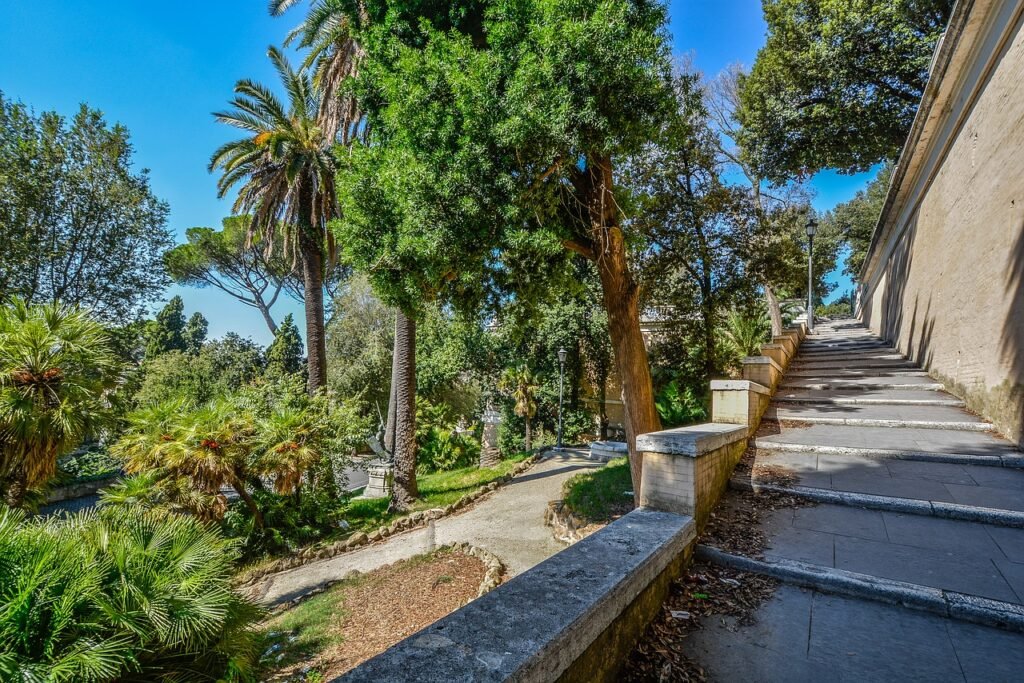
The same-named gardens, which are part of the Borghese Villa complex, are a remarkable triumph and offer a much-needed break from Rome’s profusion of ancient buildings. The gardens, which make up Rome’s third-largest park and have a total area of little under 200 acres, house the Borghese Gallery and the Gallery of National Modern Art. The park is divided into several areas, including the Casino Borghese, which houses Bernini statues, the Villa Giulia, which houses the Etruscan Museum, and the ruins of other villas. The enormous arrangement of plants and trees, as well as the groomed garden areas with flower arrangements, fountains, and lovely bodies of water, can also be traversed by a number of routes and trails.
Sistine Chapel
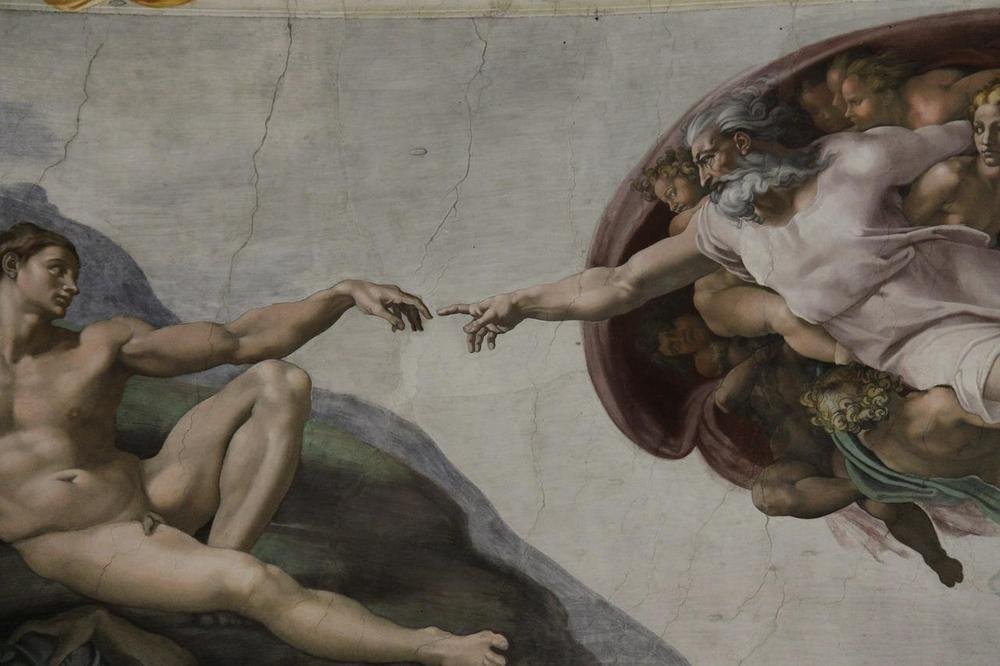
One of the most famous religious chapels in the world and a component of the Vatican museum complex, the Sistine Chapel boasts an incredible level of detail and iconography. The Sistine Chapel, which is located in the Apostolic Palace in Vatican City and underwent considerable restoration in the 1400s, is where the papal enclave takes place and where the new pope is chosen. The Sistine Chapel is particularly famous for its extensive and detailed decorations including the Last Judgement fresco by Michelangelo and the ceiling artwork. These two beautiful works of art are among the most significant and influential in religious history. Make sure you set aside enough time to see this amazing structure and the wonders it contains.
Trevi Fountain
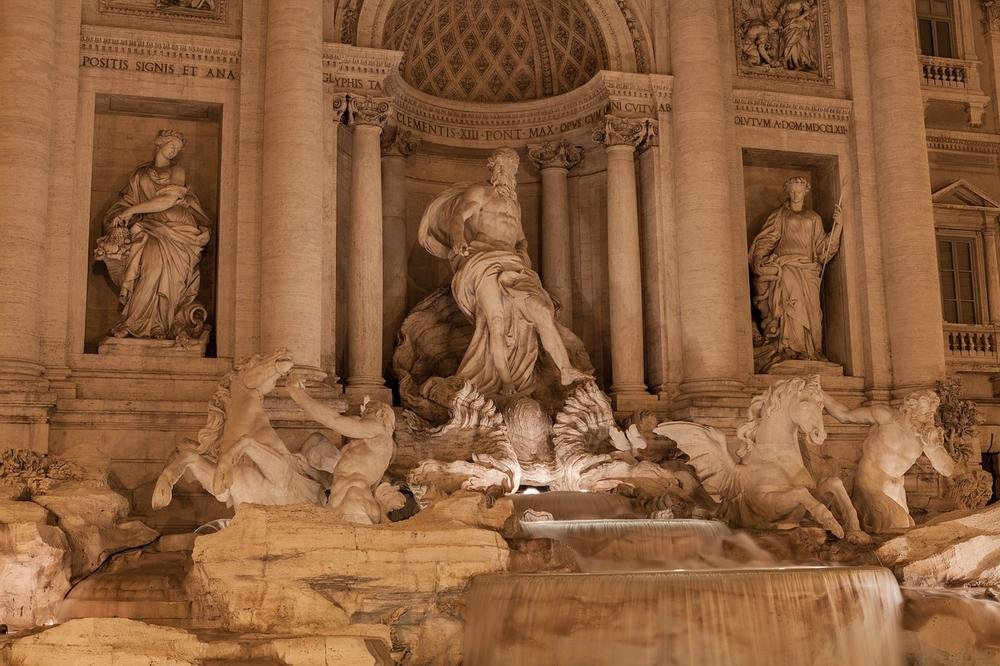
Few fountains in the entire world are as ornately carved and sculptured as the Trevi fountain. The fountain, which was built in 1762 by Nicola Salvi, honours the Roman god Oceanus, who is seen riding a chariot drawn by Tritons and taming many hippocamps. The statues’ attention to detail is astounding, and the entire facade and fountain are genuine works of art. Although it could be challenging to throw pennies into the ocean over your shoulder close to hundreds of other tourists, it has become a tradition! If you’re strolling through Rome’s streets, don’t miss this fountain, which is not far from the Pantheon and the Quirinale Palace.


